Amplifying i-media’s Digital OOH Efficiency
In the UK’s Motorway Services Area (MSA) sector, i-media stands out with its transformation in out-of-home advertising. Moving from static displays to dynamic digital screens, they’ve made significant strides in the OOH space, powered by strategic technological partnerships. According to a survey by MAGNA and Rapport, digital roadside billboards continue to dominate the OOH sector. i-media, having screens across the UK’s MSA network, is a testimony to this trend, given the rapid growth of its digital assets. However, scaling from 50 full-motion D48 screens to an inventory of 650 screens within a short span brought its own set of challenges. Managing campaigns on spreadsheets became a mammoth task, prompting the shift to the Broadsign platform for better automation. The challenge then arose: how to integrate i-media’s CRM, Salesforce, with Broadsign seamlessly? Enter Brysa. Recognized for our expertise in system integration, we were approached to bridge the gap. Tapping into Broadsign’s API, we integrated Salesforce with i-media’s campaign management workflow. This move eliminated the need for manual scheduling, and campaigns created in Salesforce reflected instantaneously in Broadsign. This integration reduced the operational workload significantly, leading to a 40% increase in i-media’s operational efficiency. More than just the automation, the integration empowered the sales team with real-time insights into inventory availability. This transparency bolstered trust and reduced response times to advertisers and agencies, enhancing overall client relationships. Our collaboration with i-media is a testament to Brysa’s commitment to providing tailored solutions in the OOH landscape. We pride ourselves on understanding and addressing specific challenges, offering solutions that not only solve immediate concerns but also add long-term value. As i-media continues to expand in the digital OOH sector, they can rely on a robust technology stack that evolves with their needs. With partners like i-media, we look forward to more such opportunities to drive efficiency and growth in the industry. A version of this case study appeared as an article posted at broadsign.com published on 18-Oct-2023
Mapping 1.8m postcodes in Salesforce: decreased admin time and increased sales
One of our clients owns multiple advertising assets across 137 locations in the United Kingdom. The sales team works on maximising the occupancy of brands in these advertising assets. This means they need to be talking as much as they can to multiple stakeholders: local and national, to effect more sales of ad spaces on these assets. Typically, in order to make best use of the ad space, the brands ask to advertise based on a rule: usually within x miles or within x hours drive from their outlet. To provide options to the brand, our client used an outdated on-premise software that had the UK postcodes pre-loaded and offered limited functionalities of search. The tool only allowed for restricted number of queries to be run at a certain time and had limited export functionalities. Also, it was standalone with no integration to the list of assets our client owned. All these factors meant that multiple sources of the same data had to be maintained and a lot of manhours had to be wasted executing a simple task such as ‘give me the number of ad spaces we own within 5 miles radius of M60 7RA that has male washroom assets and D48 assets’. Something had to be done. Image 1: The on-premise legacy tool used (illustrative) We began by understanding the use cases and the goals the sales team users wanted to achieve. The primary goal was to put the mapping functionality to increase sales revenue. Subsequent goals included ease-of-use, quick turnaround and unified data access. The sales team needed the functionality to search by postcode, town, county, region, country and by uploading a CSV file of all of the above. We gathered that, the use cases and goals, if implemented, will help the sales team provide better value to the brands they served. After consultation, we scoped the project to run in two phases: the immediate priorities will be covered in phase one, in which we proposed to use Salesforce’s native mapping functionality and in phase two, we suggested we will have API integrations with Google Maps. Though this approach involved losing some existing use cases (e.g. ability to get a route from location A to location B), the benefits of moving to a Salesforce solution outweighed the setbacks. We proceeded with implementing the solution and used ONS postcode data API to ingest more than 1.8 million UK postcodes into client’s Salesforce org. We optimised the data usage by creating custom objects that reduced the querying time when the tool is used. We also built a custom Aura component with sophisticated search functionalities that allowed the user to search by different variables and search by uploading CSV files. At client’s request, we implemented CSV export functionality that provided information about the locations the search returned and the types of assets available in those locations. Image 2: Landing page with search functionality Image 3: Search results tabulated and exportable Image 4: CSV upload functionality The rolled out phase one immediately enhanced the sales team’s ability to self-service with up to 75% of time saved compared to the legacy solution. Now, the sales team could use the mapping tool to understand and present various options available to the brands they were selling to. This increased the trust the brands had with the sales team and led to better close rates. In a matter of days, the sales team fully adopted the Salesforce, single-source-of-truth solution we built and have made it part of their sales toolkit. Currently, it’s being used every day to add better value to the brands they serve.

